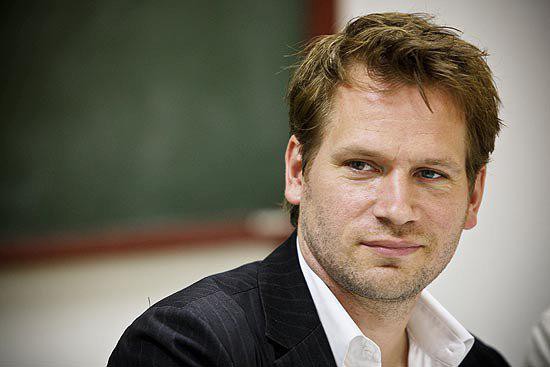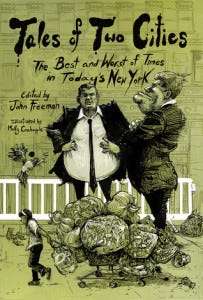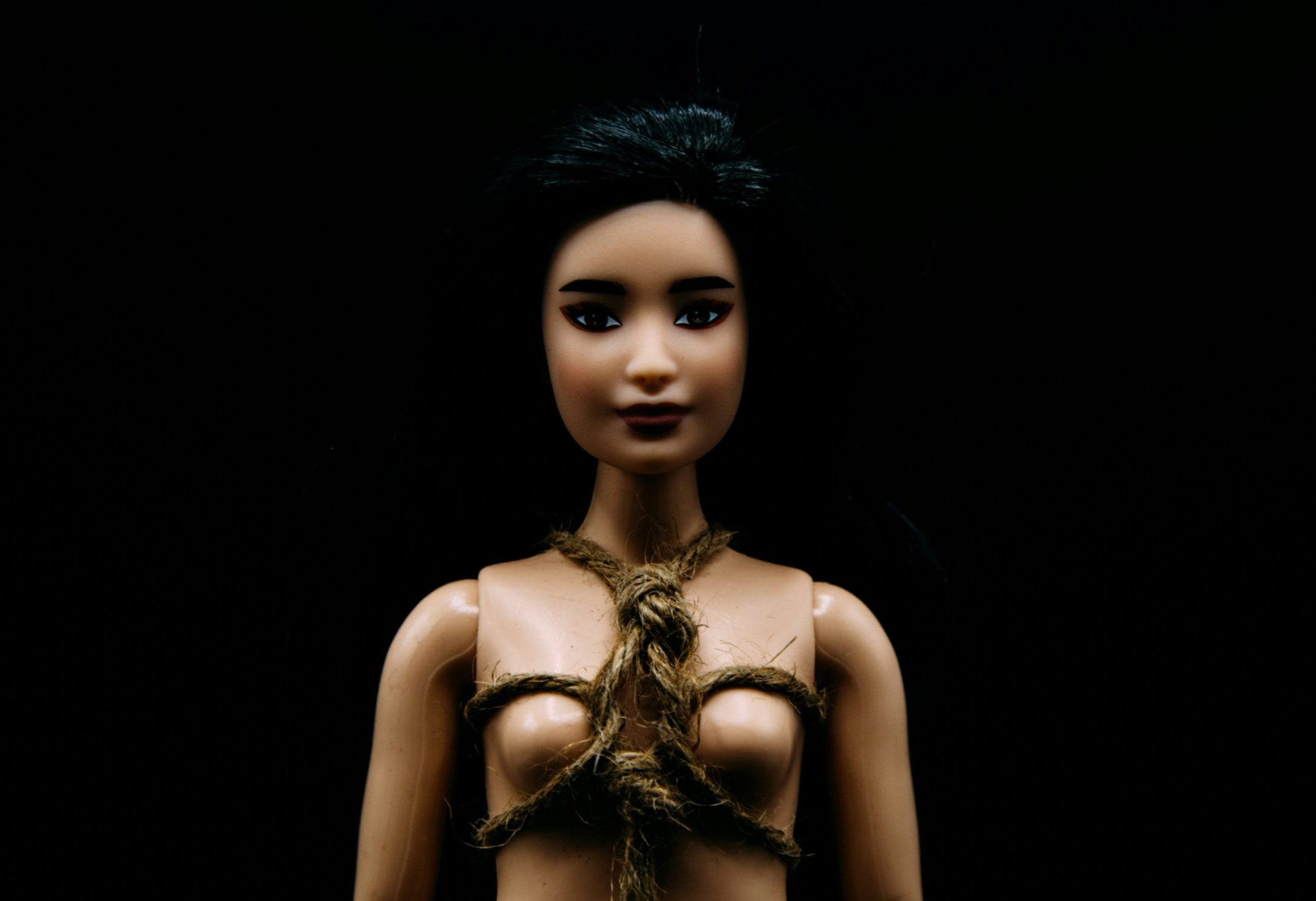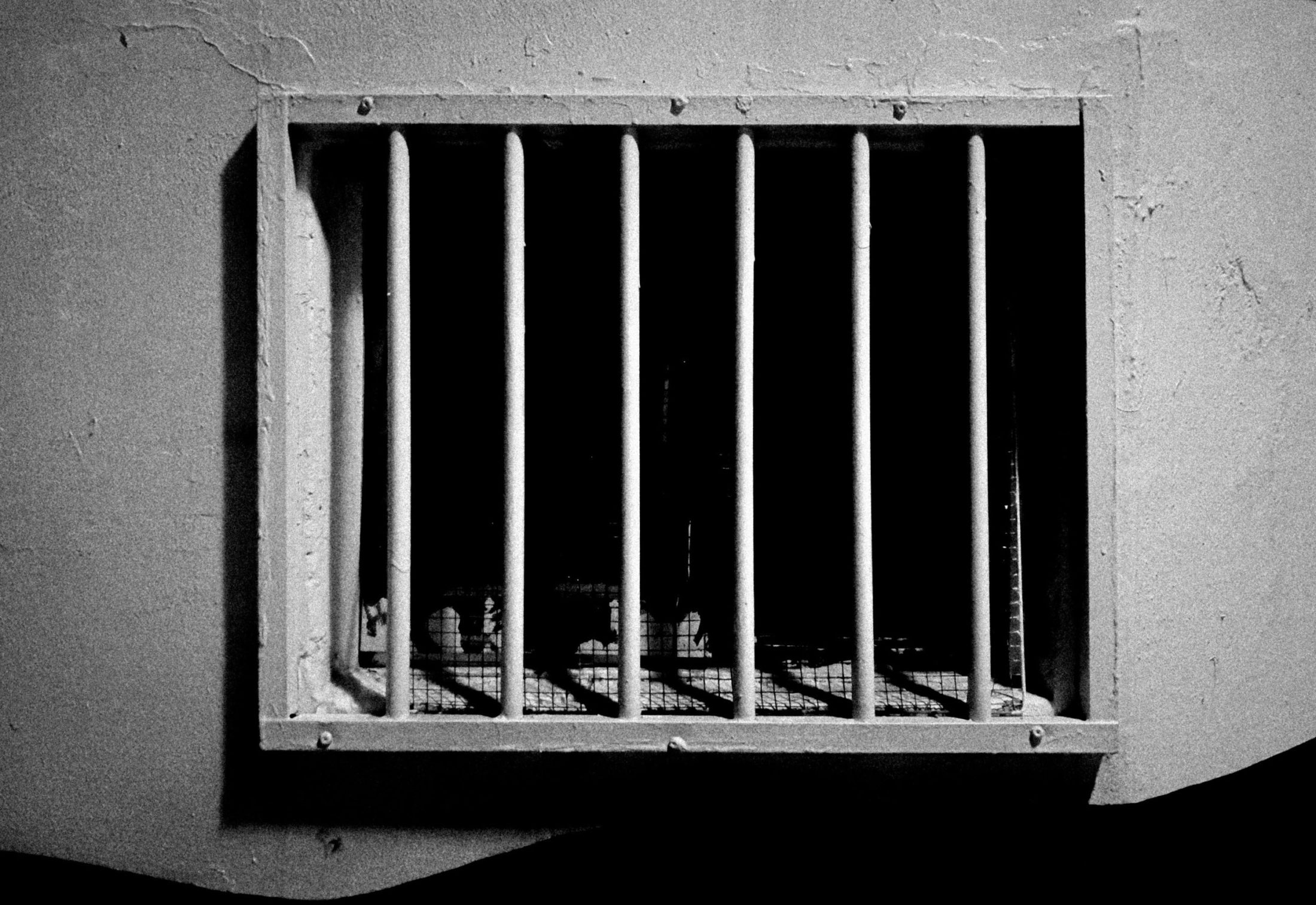interviews
Baseline Solidarity, an interview with John Freeman, editor of Tales of Two Cities: The Best and…
B


John Freeman is a widely published author and critic, as well as the former president of the National Book Critics Circle. His eponymous literary journal, Freeman’s, will debut in October this year. At the end of last year, Freeman served as editor for Tales of Two Cities: The Best and Worst of Times in Today’s New York, released by OR Books. The anthology includes fiction and nonfiction from David Byrne, Teju Cole, Junot Díaz, Victor LaValle, Téa Obreht, Edmund White and many others, all addressing, in various forms, the problems caused by the huge income disparities that have come to define so much of life in modern New York. A portion of the book’s proceeds will go towards Housing Works, a New York City based charity that helps people living with and affected by HIV/AIDS.
I reached out to Freeman in February, keen to discuss the issues raised in the book. The stories, poems and essays may be set in New York but the concerns portrayed, such as how to find decent, affordable housing, affect all of us; huge imbalances in income diminish everyone’s quality of life, however materially rich or poor we may be.
Worrall: Where did the idea for the book come from? What made you want to create it?
Freeman: I started making the book when I came back from London, and in some ways it was part of the thing that made me feel like New York City was home again. I’d been commuting back and forth and living more in London than I was in New York, and when I fully moved back it hit me how much the city had changed and how many more homeless people there were on the streets, and I thought, “Yikes!” So in many ways the book was my response to that reaction.
I was talking to Colin Robinson, the book’s editor, about how many businesses had changed hands just on one city corner block (on 23rd and 7th) and about how a shelter was being built on 25th street. It occurred to me then that there hadn’t really been anything written about the issues of income inequality in the city and about how you could really feel them on the street. There was a kind of silence, a literary silence, around the issues of inequality the city was facing, and I always think that literary culture is made to make you think, and that if people weren’t thinking about that then that seemed a problem.
I had planned as well at some point to wrestle with income inequality as a topic because of my own experience with my brother, and I thought that rather than write a whole book myself, it would probably be far more interesting to have thirty different writers write about what the city feels like today, with an eye on inequality but also with the freedom to write whatever they wanted.
So that was sort of the brief I gave to the writers: I want you to think about the city as it feels now and how inequality affects your life in it but if you don’t really want to address that then you can write about whatever you want. But all of them ended up coming back to it.
Worrall: Income inequality plays a large role in the pieces that make up this book. Would you say that’s the central, or the unifying focus?
Freeman: Well, the book’s main theme is that income inequality is about far more than just assets. The stories in the book explore many things about the culture that comes with entitlement and all the problems that come with disenfranchisement. These things are not easily solvable but the book does come back to a couple of things consistently, one of which is housing.
Even New Yorkers who are of the so-called middle-class can relate to the housing problem because everyone who comes here, unless they’re either fabulously wealthy or very, very lucky, ends up in really crappy apartments where there’s no heat: a very different environment from the suburbs they may have grown-up in. So the book explores the kind of baseline solidarity about how hard it can be to live in New York City and how hard it can be to find a house or to find a landlord who takes care of where you live.
Worrall: But couldn’t you say that the book is all about the fact the middle class is suddenly affected (because of the recession) and that’s why people are now concerned about these issues. After all there wasn’t this outcry when they were limited to the poor?
Freeman: Well, yes and no. Some of the people in the book are falling out of the middle-class and into the lower classes like in my brother’s story [Home by Tim Freeman]. But there are other people recorded in here, for example in D.W. Gibson piece [Partially Vacated] about the lawyer who works for tenant’s rights and the tenant who is, quite unlawfully, being bullied out of her apartment.
Worrall: So you have the classic New York Essay over the ages, you’ve got E. B. White in 1949 and then 1967, Joan Didion, and this book can be read in the context of those New York essays, but what interests me most about this book is that it’s the only one that employs race. E. B. White does mention race, but this book is the only one that enjoinders race within the discussion, as a key participant.
Freeman: I find that bizarre, I mean New York has been a fabulously diverse city for a long time and it’s increasingly impossible (and this is part of the reason why I wanted to make this book) to conceive of New York as a white city to some degree and I feel like, as much as I love those essays by Didion and E. B. White and some of the classic New Yorker writers, you can still read those pieces and envision the city as a 1950s Hollywood film with very small numbers of minorities, and, you know, cocktails at 5pm and poverty elsewhere.
Today I’m usually the only white person on the subways I take. The demographics of the city have changed and I think the story that the city has to tell about itself and the people that we listen to for those stories has to change.
Worrall: How did you select the essays that were going into the book? Some of them have been published elsewhere, so I was wondering about that process.
Freeman: I asked people whom I thought saw themselves as New Yorkers, people who felt like New York City was home even if they were from elsewhere. Zadie Smith, for example, seemed to me to be increasingly identifying herself with the city and she just happened to have written that story [Miss Adele Amidst The Corsets] which I felt like was such a great driving tour of the city that used to be, at least through one character’s eyes, so I said “Let’s just take that one”. But a lot of other people were willing to write something new.
I wanted there to be a balance of men and women and people from different boroughs: stories of the city can be heavily Manhattan based; Brooklyn would be the third largest city in the country if it wasn’t part of New York City. So I asked around and some of it happened by chance and some people said “No,” because they were busy, and some people said “Yes,” once they heard about it from someone else. I’m happy with the end result.
Worrall: The only people I felt were under-represented were the old…
Freeman: Yeah, it’s a very hard thing to do. You don’t see most people who are really old in New York. I really wanted to try and get a piece from Paula Fox, for example, who is in her late 80s now, and I wrote to her but never heard back. I would have loved to be able to tell stories of New York of a different era. So I totally agree with you, it’s a part of the city that’s missing.
Worrall: What do you want or what would you like the book to achieve?
Freeman: I’d like it to do a couple of things, one is to slightly change the way we conceive of the city when we talk about it in terms of myths and dreams and the way its represented. You can get some of this by watching Law & Order because crime cuts right through the gaps in society and exposes them but in terms of literature there’s very little out there at the moment that points out that the city is imbalanced in terms of equality.
The other thing that I want would be just to raise some money for Housing Works. The city is doing a lot (and more under de Blasio), to try to help the people that fall through the cracks but Housing Works is one of those organizations that picks up where the city is falling down and helps homeless people with HIV and AIDS with housing and job training.
I think a lot of us have an instinct for generosity but we don’t have an outlet, so I was trying to make something in doing the book that would make that outlet more approachable: people like to read these writers, they like to think about the issues, so simply by buying and reading the book they’re being an activist in a sense.
Worrall: Do you think it’s more of a book to dip into than a book to read straight through?
Freeman: Yes. I think all anthologies are and ultimately my hope is that it presents a complicated portrait. I want it to show that there are no villains and there are no angels here, just a heartbreakingly untenable situation, which we need more people to think about, pay attention to and talk about.
I don’t think the mayor can make the changes needed alone. For example, even if he gets what he wants, in terms of new housing and housing that’s designated as low income housing, the city still won’t have enough inventory to house all the people who live in New York City in the accommodation and at the prices they need. I think it’s terrible in a country where we can do so many different things that we can’t seem to give people homes.
Worrall: But how would you answer the people who would turn around and say this is about the inevitable gentrification of cities and there’s nothing we can do about it?
Freeman: I think that gentrification and income inequality are two different things. Gentrification is a symptom of income inequality, sure, but it can also exist in a city that has a better balance or awareness of where the money is going.
Increasing the minimum wage can make a difference because (as The New York Times pointed out in one of its recent op-eds) inequality is currently being subsidized by tax payers simply because people can’t live on the current minimum wage and so therefore they must use food stamps and Medicaid, which we all pay for with our taxes. So if anyone says that redistributing wealth will amount to class warfare, we can say we’re already redistributing wealth in our current system whereby all of us are subsidizing the tax code as it exists now.
But I do think we need to reconceive how we talk about it, and talk about it not as income redistribution and not about one class simply stealing from another. For example, one of my favorite pieces in the whole book is the first piece [Due North by Garnette Cadogan], which is about how two neighborhoods, the Upper East Side (the richest in the city) and the Bronx (the poorest) live side by side and how both are equally impoverished by inequality.
The Upper East Side is impoverished because rents for businesses are so high you create a neighborhood that is quiet and silent and doesn’t have the noise and life of the neighborhoods in the Bronx that the writer walks through. Similarly the neighborhoods in the Bronx are missing things that the Upper East Side has. So I think that the best way to look at the problem is to realize that none of us can really afford for it to keep continuing in the way it is now.
Worrall: It’s interesting to me that of my friends who moved to New York City, intending to make it their home and make it there as artists, all of them have gone back home.
Freeman: Jeanne Thornton writes about that [Quid Pro Quo, Just As Easy As That]. She had a job at a publishing house, which is a dream job to some people, and she’s living outside of Manhattan with other people and she still can’t make it work. I know so many writers who have come here and then bounced away, because they can’t afford to live in the city. That’s also going to be the case with San Francisco and other high rent cities.
It’s a big problem because cities are where a lot of culture is made and distributed, and if writers (who are meant to be observing and living in and thinking about what those places are like) can’t afford to live in them then we just end up with more dream machine Hollywood projections of what cities are supposedly like.
Worrall: My question would be to what extent do people care? There’s no one in the book who is represented who has money…
Freeman: Akhil Sharma talks about giving up money [Round Trip] and what I love about his piece is the way he describes how your definition of what is enough is always made by what you grew up with: if you grew up with very little, enough is never enough. Also, a very wealthy couple is depicted in Jonathan Dees’ story [Four More Years]. I think those two stories in particular are about how we identify ourselves by who we compare ourselves to.
Worrall: I guess what I really mean is do the uber wealthy people who are buying second and third homes in New York City really care about these issues? Do they really care about the fact that the artists they’re seeing at the Lincoln Center are having to live further and further out…? Do they care enough to be agents for change?
Freeman: I don’t think the Russians who are buying up the Time Warner Center and parking their money in New York City in case things go south, I don’t think they particularly care about the way the city represents and thinks about itself but, in a sense the anthology is not meant for them.
I mean, the anthology is meant for whoever wants to read it but I think in the main, anthologies are meant for readers and for writers, and I think readers and writers have an outsized influence on representations of the city simply because they’re making them, spreading them around by talking and writing about what they read.
So yes, maybe the millionaires and billionaires, who are buying up property in Manhattan, largely, don’t really care. But if enough writers think about the issue, and enough readers show they’re willing to read about it then maybe one day even those wealthy people who may not care will go to Lincoln Center and see a play about income gaps and will be prompted to make a donation somewhere…
Worrall: I think one of the things I liked overall about the book is that it is emphasizes the communality of the city. On the one hand I would level the criticism at the book that there’s almost too much to take in, on the other hand I would say well, this is New York City that we’re talking about. A single essay paints a very individual portrait, (although personal essays always draw on universal themes), and I believe you can’t sort of push the book into a corner by saying you haven’t looked at this or that aspect of the city’s issues with inequality.
Freeman: New York City is a city of 8 million people and the hard part about making this book was to try to pick pieces that would somehow speak from the variety of perspectives you might find within those eight million and at least make the reader able to imagine the diversity of those perspectives as a city.
Worrall: I think you’re absolutely right; there is a reason why people in cities are not fighting all the time…
Freeman: Yes, you have to allow each other space because space is limited and you have to be tolerant of diversity because it’s right in your face and you have to be willing to be part of civic processes because without that cities can’t function: only the city can pump the water out of the subways and make sure that they don’t flood and only the city can arrange the plowing service during blizzards. I think people realize that and are willing to sign up for that. The solution to the things that, particularly in the financial world, put the income disparity out of whack will be recognition of this connectivity.
People used to be told to invest in a mutual fund and leave it alone for thirty-five years but today the big scam of the financial markets is that increasingly all the profits are being taken pre-IPO, or pre-venture capital. The profit-taking has retreated further and further back into the creation of companies so that by the time it gets to the actual market, all that’s left of the profits for the mutual funds to share i.e. for most of us, are the equivalent of the bones and the broth of a turkey that’s been carved up for two or three days.
That’s a really big problem because people in the middle-classes feel that if social security is voted out (which is increasingly the chance if the Republicans are in office overall), then people are like “Okay, we’ll have our 401ks”, and some of those have value but the longer the system continues where those profits are taken earlier and earlier, the less value there will be in those things.
Worrall: I think this is why so many wealthy people are investing in property, that come a crash, the only thing that has any value is land. The book makes this point: that it always comes down in the end to the land.
Freeman: That’s why I like Valeria Luiselli’s piece [Zapata Boulevard] which is almost like a sensory map of her neighborhood in Harlem, and it’s why I like Mark Doty’s piece [Walt Whitman On Further Lane], they remind you that the things which really make a city are very tangible.
In city life, because you have to walk most places and you’re on the subway and you’re out there in a way that you’re not in the bubble of your car elsewhere, the impoverishment affects you a little sooner. The end result is that people are very conscious of changes in the city because they’re walking by them; they’re not driving by them.
A lot of people in New York, a lot of people who have lived here twenty years, as I have, have noticed how recently the stores are all chain stores and that it’s harder and harder for smaller businesses to open up. This is part of the reason why I think people (even though they can afford to live in Manhattan) move out to places like Brooklyn or Queens because there it’s not quite the shopping mall that Manhattan has become.
Worrall: One of the things about the book is that it shows there is definitely hope, as well as so much energy, and so many people willing to try to improve things (even though you might expect them to be down-trodden and fed-up)…
Freeman: Yes, I think New York City gets a very bad rep for being a hard place but I think that one of the things that makes cities work is the pre-agreement that we’re all in this together and that everyone’s connected to some degree.
I think in other types of living situations where isolation is more the mode, whether it’s extremely rural life or suburban life where everyone is separated by fences and yards, I think it’s possible to have far less fellow feeling than the people greasing up against each other on the subway who come from all walks and places and income brackets.
The book reminded me that connectivity is one of the bases of successful urban life and I think connectivity and the idea of the collective is a thing that is often attacked in American political life.
I think the last thirty years of the conservative movement, to some degree, has been an attempt to shrink public government by reminding people that they are the architects of their own dream but when you get into cities (if you extend the metaphor), you can’t get anything done with just architects on their own, you need building planners and permits, you need contractors who are going to work within city codes and so the feeling I get after working on the book and reading the pieces is that it is the connectivity of New York life that saves it from becoming a total oligarchy.









